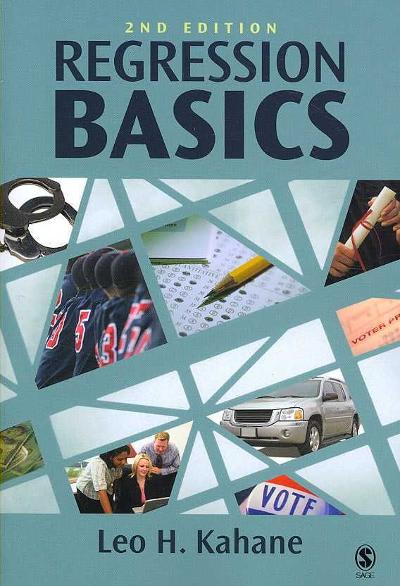Answered step by step
Verified Expert Solution
Question
1 Approved Answer
online psychology laboratory LOGOUT People pay special attention to and remember distinctive or rare events or events that occur together with relative ease (Hamilton

online psychology laboratory LOGOUT People pay special attention to and remember distinctive or rare events or events that occur together with relative ease (Hamilton & Gifford, 1976; Hamilton & Sherman, 1996; Matthews, 1996). The result may be formation of so-called illusory correlations in which a person may draw an inference that the two events regularly occur together when this is not actually the case (Garcia-Marques & Hamilton, 1996). This cognitive process can influence the development of stereotypes. For example, it partly explains why many White Americans overestimate the rate at which African Americans engage in criminal activity (both are distinct or rare events; Jackson, 2000). Design The current experiment is faithful to the original (Hamilton & Gifford, 1976) in its primary details. Participants read about people who belong to either a majority or minority group, with twice the number of majority members (n=26) as minority members (n=13). The information conveyed about each of the people describes a desirable or an undesirable behavior. The ratio of desirable to undesirable behaviors is 9:4 in both groups; that is, for majority group members, 18 instances are positive and 9 are negative, whereas for minority group members, 9 instances are positive and 4 are negative. Because both minority members and undesirable behaviors are rare events, participants should form illusory correlations and judge the minority members less favorably than majority group members. This outcome can arise even though the proportion of good to bad instances is the same in both groups. Method The stimulus materials are 39 photographs of male and female adults differing in age and race. The task for participants is to learn something about the people whose faces make up the task stimuli. They do so by clicking on each face in the 39-face set. When a face is clicked, a text balloon pops up with information about the person. The 39 statements are given in Appendix A. The information designates the person as either an Alpha or a Beta and describes a positive or a negative act (e.g., "I planted seedlings in the park" versus "I have crude table manners") or attribute of the person (e.g., "honest" versus "lazy"). The pairing of the face with information about the face is structured so that there are 26 Alphas to 13 Betas and that there are 18 positive and 9 negative acts by Alphas and 9 positive and 4 negative acts by Betas. The information produced by a mouse click remains on the screen until the mouse is released. This permits people to read and process the information at their own pace. Once the mouse is released, the face is greyed out, and the information about the face cannot be re-displayed. Once all 39 faces are clicked, a set of 7-pt Likert scales appear on the screen. Participants indicate their impressions of Alphas and Betas using these rating scales. The ratings are made for the three positive attributes (popular, honest, and helpful) and three negative attributes (lazy, unhappy, and irresponsible). Scores from these separate scales are available in the data output along with a composite measure of the ratings on positive attributes and negative attributes. A final dependent measure is the participant's rating of the percent of negative behaviors revealed in the statements made by the Alphas and Betas. N F3 F4 O Search 55 F5 F6 x 444 F7 Y F8 F9 F10 F11 28 C 3:29 PM 4/13/2023 F12 Insert Prt Sc
Step by Step Solution
There are 3 Steps involved in it
Step: 1

Get Instant Access to Expert-Tailored Solutions
See step-by-step solutions with expert insights and AI powered tools for academic success
Step: 2

Step: 3

Ace Your Homework with AI
Get the answers you need in no time with our AI-driven, step-by-step assistance
Get Started


